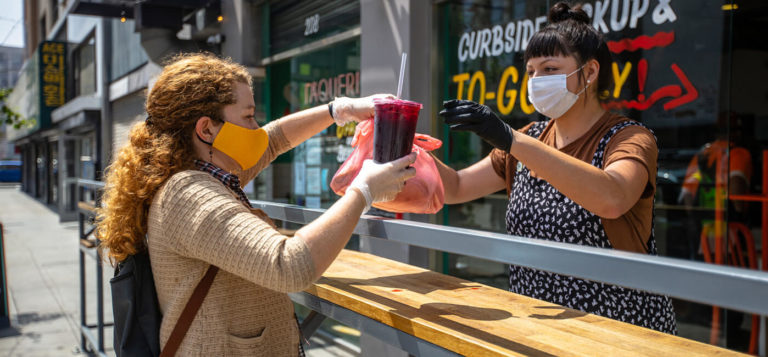Craigslist’s missed connections are always a fun read, but they also demonstrate a very real problem: while people can cross paths at different locations throughout their lives, it doesn’t always end up in a connection.
Introduce technology into the equation, though, and location might just lead to love.
This theory is likely what prompted online dating site Match to launch Missed Connections, a tool on its mobile app that uses historical location data to lead people to possible matches they may already have crossed paths with in the real world. The company writes, “The feature now makes geolocation the priority in your search criteria, revealing the intersection points for your last crossed spot.”
With Missed Connections, Match joins countless other companies prioritizing location targeting and using this technology to create more effective and relevant mobile experiences.
According to a new report from market research and advisory firm BIA/Kelsey, location-targeted mobile ad spending is expected to top $32 billion in 2021, up from around $12 billion last year. At the same time, location targeting is gaining traction in the B2B world. The president of enterprise mobility software company MOBI recently told TechRepublic that he expects to see more location-based business apps on the market this year. “Look for business apps that serve the mobile worker to be enhanced with location awareness,” he said. As an example, he cites a travel itinerary app that could “add location awareness and alert the user when it is time to depart for a flight.”
All of this suggests that location as a category is successfully demonstrating its value. As marketers continue to invest in location-targeted mobile ads and find new ways to tap location data to augment their apps, mobile users are going to see that value, too. A restaurant that uses location targeting to call attention to the fact that it’s squarely in the path of a potential customer who passes it daily on the way to the office isn’t just making a smart marketing investment, but demonstrating its dedication to serving that consumer’s current and future needs. By using location data, the restaurant can gain insight into the mobile user’s routine and anticipate upcoming wants like a convenient lunch spot, a place to host a work dinner, or a good option for a post-work date.
So take a cue from Match, along with many other industries, maximizing the location technology opportunity. We can’t promise you’ll find love, but by exploring the ways location targeting can improve the mobile experience, odds are good that you’ll make a lasting brand-customer match.
Check out our latest case study to see how our location technology helped Arby’s increase baseline sales by 4%.





